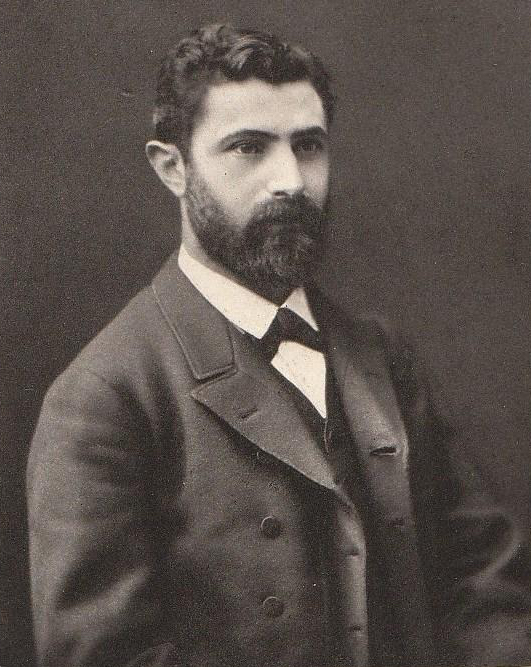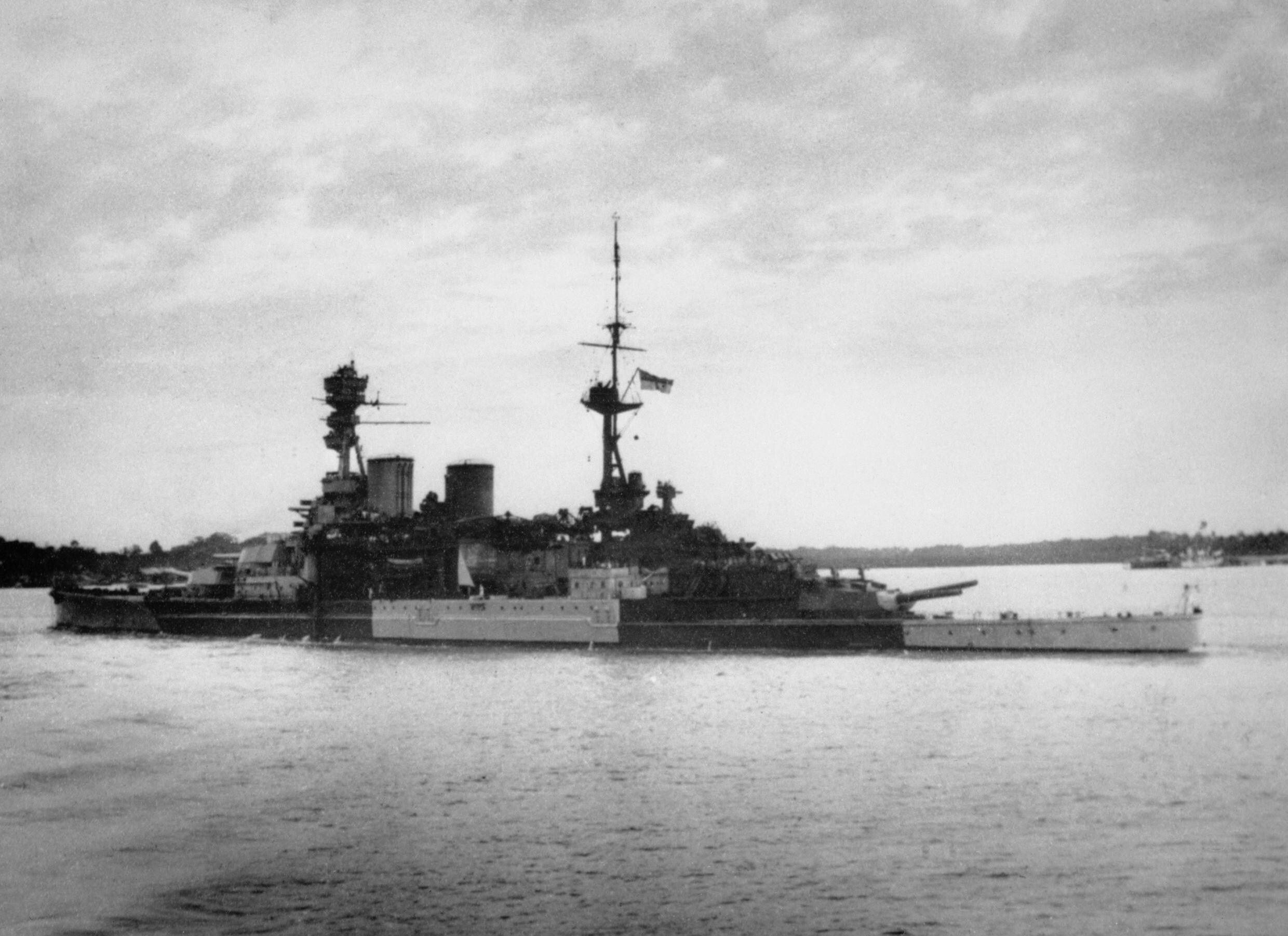|
Rongé Island
Rongé Island is a high, rugged island long, the largest island of the group which forms the west side of Errera Channel, off the west coast of Graham Land in Antarctica. Location Rongé Island is off the Danco Coast on the west side of the Antarctic Peninsula. It is on the southeast side of the Gerlache Strait, opposite the Osterrieth Range of Anvers Island. The Arctowski Peninsula is to its east, and Laussedat Heights to its south. Lemaire Island and the mouth of Andvord Bay are to the southwest. Rongé Island is separated from the mainland by the Errera Channel. Features of the island include Ketley Point, Mount Britannia, Mount Tennant and Georges Point. Nearby features include, clockwise from the north, Orne Islands, Cuverville Island, Brewster Island, Danco Island and Useful Island. Exposed rocks include Cretaceous volcanics (Antarctic Peninsula Volcanic Group ) and Cretaceous plutons (Andean Intrusive Suite 1). Description The ''Sailing Directions for Antarctica'' (1 ... [...More Info...] [...Related Items...] OR: [Wikipedia] [Google] [Baidu] |
Antarctic Peninsula
The Antarctic Peninsula, known as O'Higgins Land in Chile and Tierra de San Martín in Argentina, and originally as Graham Land in the United Kingdom and the Palmer Peninsula in the United States, is the northernmost part of mainland Antarctica. The Antarctic Peninsula is part of the larger peninsula of West Antarctica, protruding from a line between Cape Adams (Weddell Sea) and a point on the mainland south of the Eklund Islands. Beneath the ice sheet that covers it, the Antarctic Peninsula consists of a string of bedrock islands; these are separated by deep channels whose bottoms lie at depths considerably below current sea level. They are joined by a grounded ice sheet. Tierra del Fuego, the southernmost tip of South America, is about away across the Drake Passage. The Antarctic Peninsula is in area and 80% ice-covered. The marine ecosystem around the western continental shelf of the Antarctic Peninsula (WAP) has been subjected to rapid climate change. Over the past 50 ... [...More Info...] [...Related Items...] OR: [Wikipedia] [Google] [Baidu] |
Falkland Islands Dependencies Survey
The British Antarctic Survey (BAS) is the United Kingdom's national polar research institute. It has a dual purpose, to conduct polar science, enabling better understanding of global issues, and to provide an active presence in the Antarctic on behalf of the UK. It is part of the Natural Environment Research Council (NERC). With over 400 staff, BAS takes an active role in Antarctic affairs, operating five research stations, one ship and five aircraft in both polar regions, as well as addressing key global and regional issues. This involves joint research projects with over 40 UK universities and more than 120 national and international collaborations. Having taken shape from activities during World War II, it was known as the Falkland Islands Dependencies Survey until 1962. History Operation Tabarin was a small British expedition in 1943 to establish permanently occupied bases in the Antarctic. It was a joint undertaking by the Admiralty and the Colonial Office. At the end of t ... [...More Info...] [...Related Items...] OR: [Wikipedia] [Google] [Baidu] |
David Brewster
Sir David Brewster KH PRSE FRS FSA Scot FSSA MICE (11 December 178110 February 1868) was a British scientist, inventor, author, and academic administrator. In science he is principally remembered for his experimental work in physical optics, mostly concerned with the study of the polarization of light and including the discovery of Brewster's angle. He studied the birefringence of crystals under compression and discovered photoelasticity, thereby creating the field of optical mineralogy.A. D. Morrison-Low (2004) "Brewster, Sir David (1781–1868)" in ''Oxford Dictionary of National Biography'' For this work, William Whewell dubbed him the "father of modern experimental optics" and "the Johannes Kepler of optics." A pioneer in photography, Brewster invented an improved stereoscope, which he called "lenticular stereoscope" and which became the first portable 3D-viewing device. He also invented the stereoscopic camera, two types of polarimeters, the polyzonal lens, the li ... [...More Info...] [...Related Items...] OR: [Wikipedia] [Google] [Baidu] |
Jules De Cuverville
Jules de Cuverville (; 28 July 1834 – 14 March 1912) was a French naval officer who rose to become Chief of Staff of the French Navy. He entered politics in later life, elected to the senate where between 1901 and 1912 he represented Finistère. Life Jules Marie Armand de Cuverville was born at Allineuc, a small village a short distance inland from Saint-Brieuc in Brittany. His father was Louis-Paul de Cuverville who represented the locality on the monarchist benches in the National Assembly between 1849 and 1853. Louis-Paul's family was descended from the lords of the manor at Maucomble in Normandy, some of whom had been Squires to French kings. Other kinsmen included sailors and naval officers, such as his grandfather, the Rear Admiral Louis-Hyacinthe Cavelier de Cuverville. Jules Marie attended school at Saint Sauveur de Redon and the lycée in Rennes before entering naval college in 1850. He emerged in 1852 and participated at the Siege of Sevastopol (1854–5 ... [...More Info...] [...Related Items...] OR: [Wikipedia] [Google] [Baidu] |
Léo Errera
Abraham Léo Errera (4 September 1858 in Laeken – 6 August 1905 in Brussels) was a Belgian botanist, known for his research in the field of plant physiology. He worked at the Free University of Brussels in 1883 as an associate and in 1890 a full professor of botany. In addition, he was actively involved in Jewish affairs. After receiving his liberal arts degree at the '' Université Libre de Bruxelles'' (1874), his focus turned to natural sciences, and in 1879 obtained his doctorate in botanical science. Université Libre de Bruxelles - Archives & Libraries biographical information He then travelled to Germany, where he furthered his education at the Universities of |
David Ferguson (geologist)
David Ferguson (c. 1857 – 1936) was a Scottish explorer, mining engineer and prospector. An alumnus of the University of Glasgow, he is most known for explorations in Antarctica on private geological survey expeditions for the Scottish company, Christian Salvesen between 1911 and 1915. His notebooks indicate voyages to South Georgia Island and the South Shetland Islands between 1912 and 1915; the Falkland Islands, Zambesi and Bulawayo between 1901 and 1903; Iran Iran, officially the Islamic Republic of Iran, and also called Persia, is a country located in Western Asia. It is bordered by Iraq and Turkey to the west, by Azerbaijan and Armenia to the northwest, by the Caspian Sea and Turkmeni ... (1891); Newfoundland (1894); and mining surveys in Scotland. He is credited with naming several geographic locations in the south Atlantic region and Antarctica, and Ferguson Peak on South Georgia was named in his honour. References University of Glasgow Archive Ser ... [...More Info...] [...Related Items...] OR: [Wikipedia] [Google] [Baidu] |
Errera Channel (52153091251)
Errera may refer to: People * Alberto Errera (1913–1944), Greek-Jewish officer and member of the anti-Nazi resistance * Alfred Errera (1886–1960), Belgian mathematician * Emilia Errera (1866–1901), Italian teacher and writer * Gérard Errera (born 1943), French diplomat * Isabelle Errera, née Goldschmidt (1869–1929), Belgian art historian specializing in textiles * Jacques Errera (1896–1977), Belgian physicochemist * Léo Errera (1858–1905), Belgian botanist * Nicolas Errèra (1967), French musician and composer * Rosa Errera (1864–1946), Italian writer, translator, and teacher Toponyms * Cape Errera, cape which forms the southwest end of Wiencke Island, in the Palmer Archipelago * Errera Channel, channel between Rongé Island and the west coast of Graham Land Other * Errera graph In the mathematical field of graph theory, the Errera graph is a graph with 17 vertices and 45 edges. Alfred Errera published it in 1921 as a counterexample to Kempe's erroneous proof o ... [...More Info...] [...Related Items...] OR: [Wikipedia] [Google] [Baidu] |
William Tennant (Royal Navy Officer)
Admiral Sir William George Tennant (2 January 1890 – 26 July 1963) was a British naval officer. He was lauded for overseeing the successful evacuation of Dunkirk in 1940. Tennant subsequently served as captain of the battlecruiser , when it searched for German capital ships in the Atlantic. He remained in this capacity when the ''Repulse'' was sunk by the Japanese along with in the South China Sea on 10 December 1941, three days after the attack on Pearl Harbor. He later aided in the setup of the Mulberry harbours and the Pluto pipelines, a crucial part of the success of Operation Overlord. Biography Born in Upton-upon-Severn and educated at nearby Hanley Castle Grammar School, Tennant joined the Royal Navy in 1905 at the age of 15, as a naval cadet at Britannia Royal Naval College. He was eventually appointed an acting sub-lieutenant, being confirmed in that rank on 15 December 1909, and was promoted to lieutenant on 30 June 1912, eventually specialising in navigati ... [...More Info...] [...Related Items...] OR: [Wikipedia] [Google] [Baidu] |
South Shetland Islands
The South Shetland Islands are a group of Antarctic islands with a total area of . They lie about north of the Antarctic Peninsula, and between southwest of the nearest point of the South Orkney Islands. By the Antarctic Treaty of 1959, the islands' sovereignty is neither recognized nor disputed by the signatories and they are free for use by any signatory for non-military purposes. The islands have been claimed by the United Kingdom since 1908 and as part of the British Antarctic Territory since 1962. They are also claimed by the governments of Chile (since 1940, as part of the Antártica Chilena province) and Argentina (since 1943, as part of Argentine Antarctica, Tierra del Fuego Province). Several countries maintain research stations on the islands. Most of them are situated on King George Island, benefitting from the airfield of the Chilean base Eduardo Frei. There are sixteen research stations in different parts of the islands, with Chilean stations being ... [...More Info...] [...Related Items...] OR: [Wikipedia] [Google] [Baidu] |
South Georgia
South Georgia ( es, Isla San Pedro) is an island in the South Atlantic Ocean that is part of the British Overseas Territory of South Georgia and the South Sandwich Islands. It lies around east of the Falkland Islands. Stretching in the east–west direction, South Georgia is around long and has a maximum width of . The terrain is mountainous, with the central ridge rising to at Mount Paget. The northern coast is indented with numerous bays and fjords, serving as good harbours. Discovered by Europeans in 1675, South Georgia had no indigenous population due to its harsh climate and remoteness. Captain James Cook in made the first landing, survey and mapping of the island, and on 17 January 1775 he claimed it a British possession, naming it "Isle of Georgia" after King George III. Through its history, it served as a whaling and seal hunting base, with intermittent population scattered in several whaling bases, the most important historically being Grytviken. The main settlemen ... [...More Info...] [...Related Items...] OR: [Wikipedia] [Google] [Baidu] |
Prince Philip, Duke Of Edinburgh
Prince Philip, Duke of Edinburgh (born Prince Philip of Greece and Denmark, later Philip Mountbatten; 10 June 1921 – 9 April 2021) was the husband of Queen Elizabeth II. As such, he served as the consort of the British monarch from Elizabeth's accession as queen on 6 February 1952 until his death in 2021, making him the longest-serving royal consort in history. Philip was born in Greece, into the Greek and Danish royal families; his family was exiled from the country when he was eighteen months old. After being educated in France, Germany, and the United Kingdom, he joined the Royal Navy in 1939, when he was 18 years old. In July 1939, he began corresponding with the 13-year-old Princess Elizabeth, the elder daughter and heir presumptive of King George VI. Philip had first met her in 1934. During the Second World War, he served with distinction in the British Mediterranean and Pacific fleets. In the summer of 1946, the King granted Philip permission to marry El ... [...More Info...] [...Related Items...] OR: [Wikipedia] [Google] [Baidu] |

.jpg)




